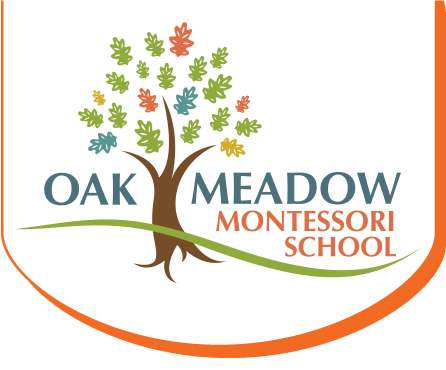“What distance do we need to measure? Which angle should we use in the formula? When do we start timing with our stopwatch? Does it matter how far the steel ball rolls across the floor?” These were just a few of the questions middle school students asked each other this week as they worked in small groups to conduct an experiment. Their challenge was to determine how the kinetic energy of a rolling ball at the bottom of the ramp compares to the gravitational potential energy at the top of the ramp. (Here is a brief refresher on energy as defined by chemists).

Running multiple trials of the experiment
The goal of this science experiment is to reinforce the concepts of potential energy and kinetic energy. “You can talk all you want,” the teacher told me, “but until you put it into practice, it’s just words. That’s why they mostly have to figure this out on their own. I give them the tools and the directions, and let them learn for themselves by doing it.”
Each group of students sets up the experiment in a different part of the lab or in the adjacent middle school great room. They position the plastic ramp to create a downward slope and make a table to document the data generated from multiple trials. All distances and angles are carefully measured for use in the appropriate mathematical formulas. Before long, all of the groups are rolling the ball down the ramp, timing each run, and recording the data. Over the next few days, students will write a lab report summarizing the experiment’s purpose and adding comments related to hypothesis, step-by-step procedures, data records, and analysis. An important part of the lab report is the conclusion, summarizing the main points of the team’s results as it relates to the purpose. Students reflect on what they learned, and use the data from their experiment to support their conclusion.

Rather than providing answers, the teacher asks questions and encourages students to work it out
At Oak Meadow School, this approach to learning happens all the time, and not just in science. We believe students learn best and most deeply when they have to apply what they’re learning and when they’re given the time to reflect on the value and relevance of their own learning. Although students do need to memorize essential facts, deeper learning occurs when students have to apply the knowledge they’re learning in a variety of situations in order to demonstrate a deeper understanding of the concepts involved. It is important for students to develop the skills of figuring out how to solve problems on their own, and even work on problems where the answer is not at the back of the book.
There’s objective evidence indicating that an Oak Meadow education cultivates critical 21st-century skills so much more effectively than traditional schools. This week, as part of a community outreach, I visited a highly selective and prestigious independent high school to visit some Oak Meadow graduates and connect with the school head and admissions office. One graduate told me, “As students at Oak Meadow, we were given many opportunities to work together and figure it out for ourselves. Now that we’re in high school, that’s exactly what is expected of us.” Another graduate told me, “Freshman biology was easy for me because I had already learned most of this in middle school, and I was far more experienced than other students in writing lab reports.” Those comments from our graduates were reinforced by the head of school who told me, “Your students think on their feet and grapple with moments when the answer isn’t easily discovered. That’s the kind of education that enables students to thrive.” The director of enrollment added, “Oak Meadow students have ownership of their learning, which is what enables them to be highly successful at our school.”
What is happening in Oak Meadow classrooms today is an integral part of what will prepare your child for high school, college, and the skills most needed in the real world.





